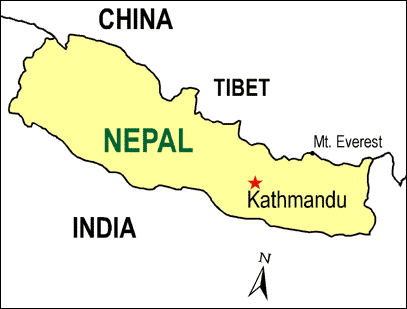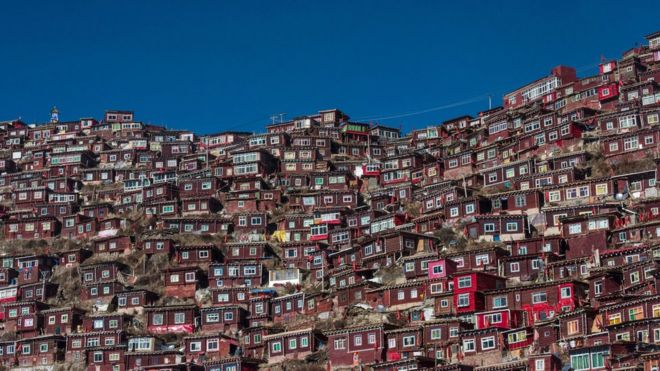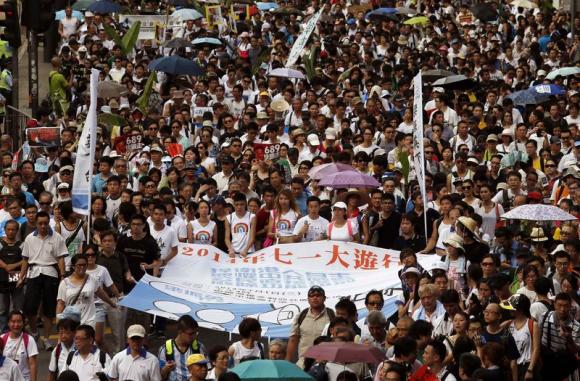China moves forward with Tibet rail extension, rail line will run close to border with Sikkim and Arunachal after new expansion plan
Ananth Krishnan, India Today | November 2, 2014
China is pushing forward with plans to expand its already expansive railway network in Tibet by building new lines that will link up Lhasa to strategically significant points along the disputed border with India, close to Arunachal Pradesh.
State media reported on Saturday that a recently constructed railway line from the regional capital Lhasa to Shigatse (or Xigaze in Chinese) — a region close to Nepal, Bhutan and Sikkim — that opened to traffic on August 15 will now be extended to the region of Nyingchi, which borders Arunachal Pradesh.
The 402 km line, which will be completed in seven years, will run from Nyingchi to Xierong, a stop on the Lhasa-Shigatse line. The line was among three new projects approved by the National Development and Reform Commission, the top planning body, on Friday, with a net investment of 250 billion Yuan ($ 40.6 billion)
The Nyingchi line is one of two new border rail lines being pushed forward by President Xi Jinping’s government.
A line is also being built to Yatung, a trade centre close to Sikkim and Bhutan in Tibet.
India and China have both been boosting infrastructure on either side of the Himalayas. China has built a modern network of highways and railway lines in Tibet, leading to a wide assymetry in infrastructure across the disputed border.
While China has maintained that the projects are aimed at bringing development to remote and poor frontier regions, analysts say the added infrastructure will also have strategic dimensions.
“The Indians have lately been working on adding infrastructure in the South Tibet region [as China refers to Arunachal] , in order to strengthen control,” Liu Zongyi, a scholar at the Shanghai Institutes for International Studies, told the Communist Party run Global Times newspaper in an interview in July about the new Tibet railway lines.
“They have been sensitive to how the Chinese government moves in the southwestern area of Tibet,” he said, noting that “the bargaining chips will be increased on the Chinese side if people in the South Tibet region see better economic development in southwestern Tibet.”
He suggested that the growing railway network “will increase Chinese activities in this area, balancing Indian moves”.
While India’s efforts to upgrade roads in border areas – hampered by more difficult terrain – have remained slow, Prime Minister Narendra Modi‘s government has pledged to speed up overdue projects.
Speaking to Indian reporters in Beijing on Friday, Minister of State for External Affairs Gen. (retd) V.K. Singh, who is also Minister of State for Development of the North Eastern Region, said the government had already increased budgets for infrastructure development for the eight northeastern states.
“Our projects were in hibernation in the last 15 years,” he said.
For Arunachal, along the China border, air connectivity was being boosted, he said, with the land problem for Itanagar airport resolved and a runway lengthened in Pasigath.
Gen. (retd.) Singh was also hopeful that Tawang, located near the China border and at the heart of the dispute with Beijing, would “one day take an aircraft”, although with a shortage of land and difficulty in terrain, such a project would pose enormous logistical challenges. “We have to put people to study [the possibility],” he said.



